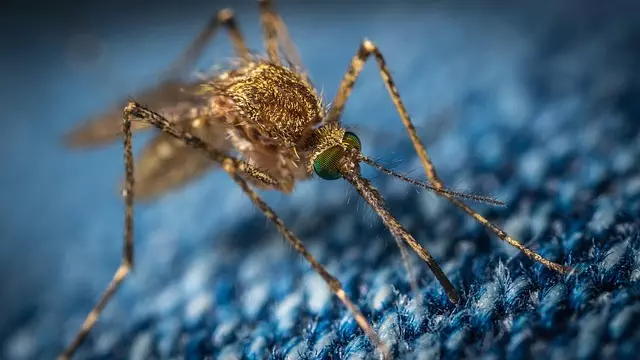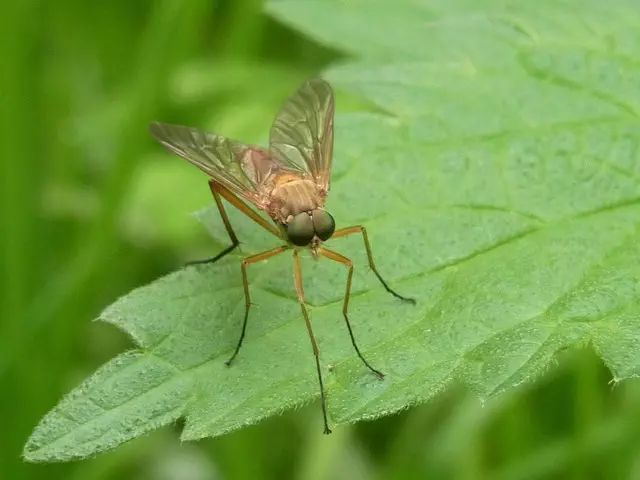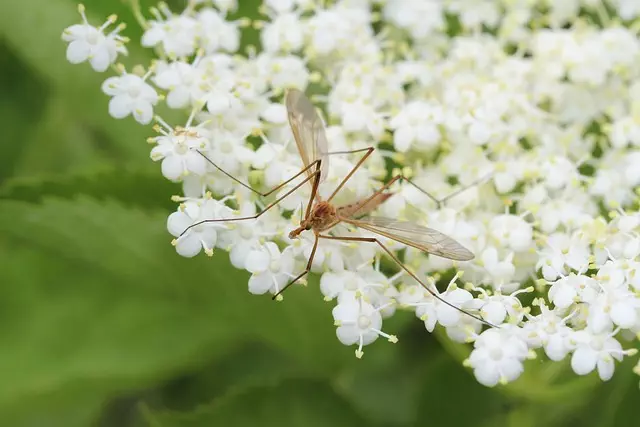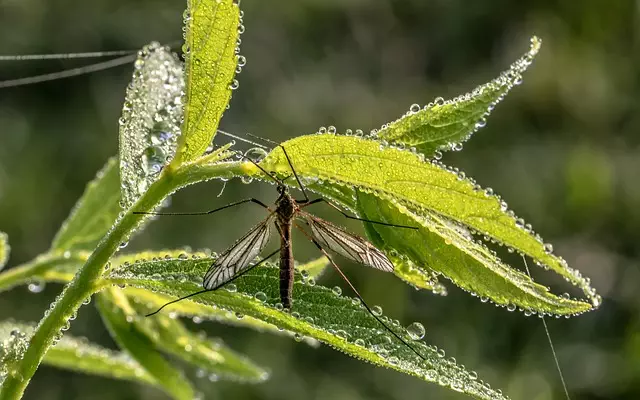Understanding mosquito biology and behavior is crucial for effective mosquito control. This includes identifying breeding grounds (like stagnant water), using natural deterrents like citronella and herbal plants, implementing chemical repellents with caution, utilizing professional services for severe infestations, focusing on targeted treatments, adopting community collaboration, and integrating sustainable practices like Integrated Pest Management (IPM). Remember that a combination of these strategies is key to creating an enjoyable outdoor environment free from mosquitoes. Mosquito control efforts should always prioritize environmental safety and health while aiming to disrupt the mosquito lifecycle at every stage.
Mosquitoes are more than just a nuisance; they pose significant health risks, transmitting diseases like Zika, West Nile, and malaria. Effective mosquito extermination requires understanding their biology and behavior, identifying breeding grounds, and employing diverse control strategies. This article explores a comprehensive range of mosquito control methods, from natural repellents and prevention to chemical pesticides, professional services, targeted treatments, and community-driven solutions for long-term relief.
Understanding Mosquito Biology and Behavior

Understanding mosquito biology and behavior is a crucial step in effective mosquito control. Mosquitoes, despite their tiny size, are intricate creatures with distinct life cycles. They begin as eggs laid in stagnant water, hatching into larvae that feed on organic matter. This aquatic stage can last anywhere from a few days to several weeks, depending on the species and environmental conditions. Once mature, larvae transform into pupae before emerging as adult mosquitoes. Adult females require blood meals for egg development, while males primarily feed on nectar. Their remarkable ability to breed rapidly and adapt to diverse habitats makes them persistent pests.
Knowledge of their behavior allows for targeted control strategies. Mosquitoes are most active during dawn and dusk, so timed treatments can be effective. They are attracted to carbon dioxide, heat, and certain chemicals, which can guide the placement of traps and repellents. Additionally, understanding their preference for specific habitats helps in eliminating breeding grounds by removing standing water from areas like buckets, tires, or clogged gutters. This integrated approach combines behavioral insights with environmental management for more successful mosquito control.
Identifying Breeding Grounds and Hotspots

Identifying where mosquitoes breed is a crucial first step in mosquito control. These pests lay their eggs in standing water, so any stagnant pools or wet areas around your property can become breeding grounds. Common hotspots include flower pots, buckets, old tires, bird baths, and even small puddles left after rain. Regularly checking and emptying containers that hold water is an effective way to reduce these habitats and disrupt the mosquito lifecycle.
By mapping out and addressing these breeding grounds, you can significantly lower the local mosquito population. This proactive approach forms a strong foundation for comprehensive mosquito control strategies, ensuring a more comfortable outdoor environment.
Natural Repellents and Prevention Strategies

Natural Repellents and Prevention are key components in effective Mosquito Control. Essential oils like citronella, lavender, and peppermint have long been known to deter mosquitoes due to their strong scents that mask human odors. Planting herbs such as basil, rosemary, and marigolds around your home or garden can also serve as natural barriers against these pests. These plants release chemicals that are unpleasant for mosquitoes, encouraging them to stay away.
Additional strategies include maintaining a clean environment by eliminating standing water where mosquitoes breed, repairing screens on windows and doors to prevent entry, and using fans outdoors to disrupt mosquito flight paths. By combining these natural remedies and preventive measures, individuals can significantly reduce mosquito presence and enjoy outdoor spaces with greater comfort.
Chemical Control Methods: Pesticides and Sprays

Chemical control methods, such as pesticides and sprays, offer a swift and effective solution to mosquito control. These synthetic compounds are designed to target and eliminate mosquitoes at various stages of their life cycle. Common active ingredients in mosquito sprays include DEET, picaridin, and oil of lemon eucalyptus, which repel or kill mosquitoes upon contact. For more persistent control, insect growth regulators (IGRs) interfere with the insects’ ability to breed by mimicking hormone signals, disrupting their reproductive cycles.
While these chemical methods prove effective, they also raise environmental and health concerns. Pesticides can contaminate water sources and harm beneficial insects like bees and butterflies. Moreover, improper use or exposure to these chemicals may pose risks to human health, highlighting the need for careful application and adherence to safety guidelines.
Professional Mosquito Extermination Services

Professional Mosquito Extermination Services play a crucial role in effective mosquito control, especially for severe infestations or commercial spaces. These services employ specialized equipment and expertise to target breeding grounds, resting places, and active mosquitoes with precision. Using eco-friendly methods and chemicals approved for safety, professionals ensure minimal impact on the environment and non-target organisms.
Compared to DIY methods, professional mosquito extermination offers several advantages. It provides long-lasting results, as experts understand the unique challenges of local mosquito populations and weather patterns. Regular treatments can transform bustling outdoor spaces into enjoyable areas, promoting health and well-being for folks in communities with high mosquito activity.
Targeted Treatment Approaches for Specific Areas

When it comes to mosquito control, targeted treatment approaches are key to effective extermination. This involves identifying and focusing on specific areas where mosquitoes breed and rest. For instance, treating standing water in flower pots, buckets, or clogged gutters can significantly reduce breeding grounds. Additionally, applying insecticides to hard surfaces like patios, decks, and pool areas can kill adult mosquitoes resting there.
In terms of Mosquito Control, targeted treatments also encompass using mosquito traps and releasing beneficial insects like lacewings and spiders. These methods not only reduce mosquito populations but also minimize the use of chemical pesticides. By combining these strategic approaches, you can create an integrated pest management (IPM) plan tailored to your specific needs, ensuring a more sustainable and environmentally friendly way to keep mosquitoes at bay.
Community Efforts and Long-term Mosquito Control Solutions

Community efforts play a pivotal role in effective mosquito control. Residents can significantly impact their local environment by joining forces to implement various strategies. This includes organizing neighborhood clean-up drives to remove stagnant water sources, which are breeding grounds for mosquitoes. Additionally, promoting awareness about proper waste disposal and maintaining well-trimmed vegetation helps create an unwelcoming habitat for these pests. By fostering a sense of collective responsibility, communities can achieve long-lasting mosquito control solutions.
Long-term mosquito control requires integrated pest management (IPM) approaches. This involves a combination of biological, cultural, structural, and chemical methods. Biologically, introducing natural predators like bats or fish that feed on mosquitoes can be effective. Culturally, educating the public about personal protection measures such as using insect repellents and wearing protective clothing is essential. Structurally, implementing screens on windows and doors, repairing leaks, and installing mosquito traps can significantly reduce mosquito populations. Chemical methods should be used sparingly, focusing on targeted applications to minimize environmental impact and health risks.
